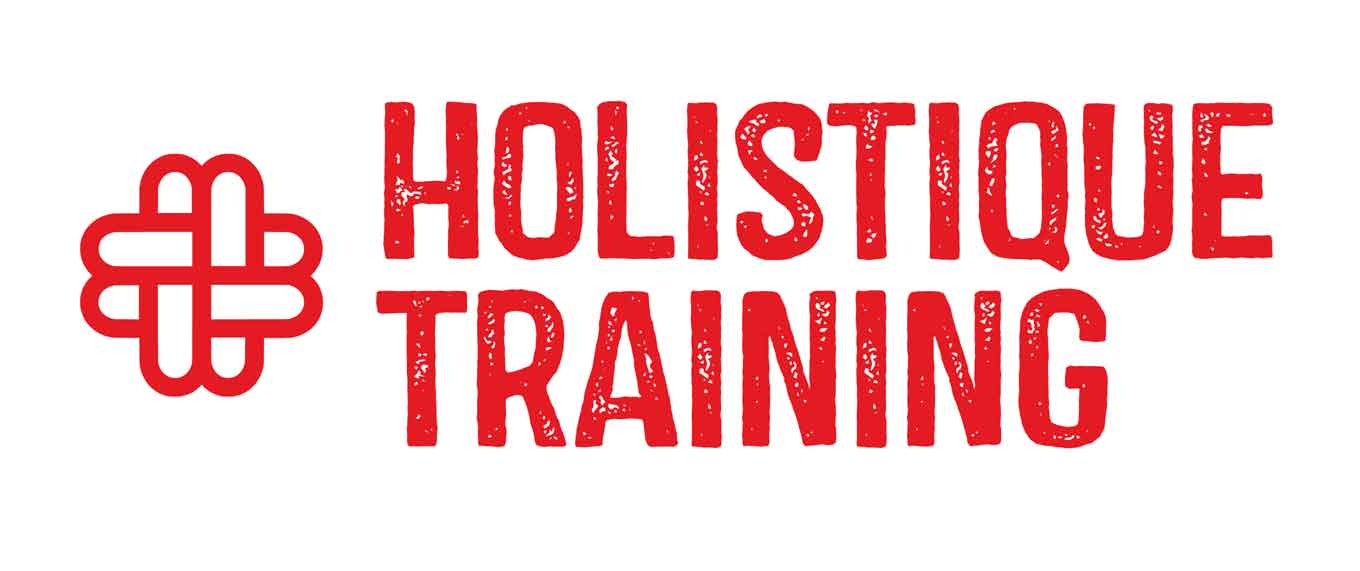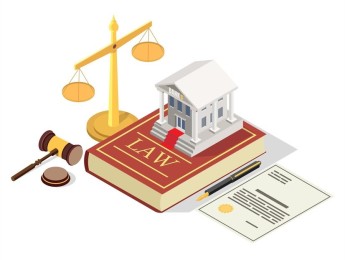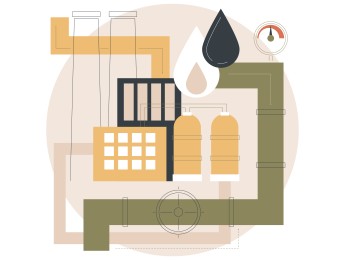Welding is a fundamental engineering discipline used across a wide range of industries, from oil and gas pipelines to structural steel fabrication and industrial plant maintenance. A deep understanding of welding processes, joint configurations, metallurgy, and quality assurance is essential for engineers, technicians, and project personnel involved in design, construction, inspection, or maintenance of welded components.
This course explores the key engineering aspects of welding, including joint design, welding methods, metallurgical behaviour, defect identification, and materials testing. Emphasis is placed on the practical application of knowledge in industrial environments, enabling participants to interpret welding symbols, identify failures, and evaluate weld integrity using both destructive and non-destructive methods.
By the end of this course, participants will be able to:
- Understand common welding techniques, terminology, and industrial standards.
- Identify various types of welding joints and assess their structural performance.
- Interpret welding prints and standardised symbols used in technical documentation.
- Analyse basic welding metallurgy and understand material behaviour during and after welding.
- Recognise common weld defects and understand their root causes.
- Apply mechanical and non-destructive testing (NDT) to evaluate weld quality.
- Appreciate the effects of heat treatment and the Heat Affected Zone (HAZ).
- Identify safety, reliability, and failure factors related to welding in engineering applications.
This course is ideal for:
- Welding engineers and supervisors.
- Inspection, QA/QC, and maintenance personnel.
- Mechanical, project, and piping engineers.
- Technical specialists working in oil & gas, construction, manufacturing, or utilities.
- Graduate engineers entering welding or fabrication disciplines.
- Anyone involved in the review or execution of welded designs or specifications.
The course follows an applied learning approach using technical lectures, case studies, engineering drawings, hands-on exercises, and practical group discussions. Visual aids, failure samples, and testing demos (where applicable) are used to enhance understanding. Each topic is linked to real-world applications in operations and field environments.
Day 5 of each course is reserved for a Q&A session, which may occur off-site. For 10-day courses, this also applies to day 10
Section 1: Fundamentals of Welding Design and Standards
- Introduction to welding terminology and roles in engineering.
- Welding codes, international standards, and certifications.
- Joint types and configurations: butt, fillet, corner, lap, T-joints.
- Load-bearing performance of joints and factors affecting joint selection.
- Welding positions and their impact on execution and quality.
- Design considerations for structural and pressure-bearing welds.
Section 2: Overview of Welding Processes and Consumables
- Overview of fusion welding and solid-state welding techniques.
- Key welding processes:
- Shielded Metal Arc Welding (SMAW).
- Gas Metal Arc Welding (GMAW/MIG).
- Gas Tungsten Arc Welding (GTAW/TIG).
- Submerged Arc Welding (SAW).
- Oxy-fuel and flame welding.
- Electrode classifications, types, and selection based on materials.
- Advantages, limitations, and typical industrial applications of each method.
- Safety precautions and common operational challenges.
Section 3: Reading Welding Drawings and Understanding Metallurgy
- Interpretation of technical drawings related to welds.
- Welding symbols, positioning, and standard notations (per AWS, ISO).
- Crystalline structure and solidification of metals during welding.
- Carbon steel microstructure and alloy behaviour.
- Basics of heat treatment and post-weld heat treatment (PWHT).
- Understanding the Heat Affected Zone (HAZ) and its implications on integrity.
Section 4: Identifying Welding Defects and Structural Imperfections
- Classification of weld discontinuities: internal vs. external.
- Common weld defects: porosity, slag inclusion, cracks, undercut, lack of fusion.
- Geometric imperfections and dimensional irregularities.
- Effects of residual stress and stress concentration on component fatigue.
- Visual inspection techniques and defect mapping.
- Root cause analysis for common weld failures.
Section 5: Weld Testing, Quality Assurance, and NDT Methods
- Mechanical testing methods:
- Tensile strength.
- Impact testing (Charpy, Izod).
- Hardness testing (Brinell, Rockwell, Vickers).
- Fatigue failure assessment.
- Introduction to Non-Destructive Testing (NDT):
- Dye penetrant testing.
- Magnetic particle testing.
- Ultrasonic and X-ray inspection.
- Interpreting test results and compliance with engineering standards.
- Role of testing in design validation and in-service reliability.
Upon successful completion of this training course, delegates will be awarded a Holistique Training Certificate of Completion. For those who attend and complete the online training course, a Holistique Training e-Certificate will be provided.
Holistique Training Certificates are accredited by the British Accreditation Council (BAC) and The CPD Certification Service (CPD), and are certified under ISO 9001, ISO 21001, and ISO 29993 standards.
CPD credits for this course are granted by our Certificates and will be reflected on the Holistique Training Certificate of Completion. In accordance with the standards of The CPD Certification Service, one CPD credit is awarded per hour of course attendance. A maximum of 50 CPD credits can be claimed for any single course we currently offer.
- Course Code IND04 - 133
- Course Format Classroom, Online,
- Duration 5 days








